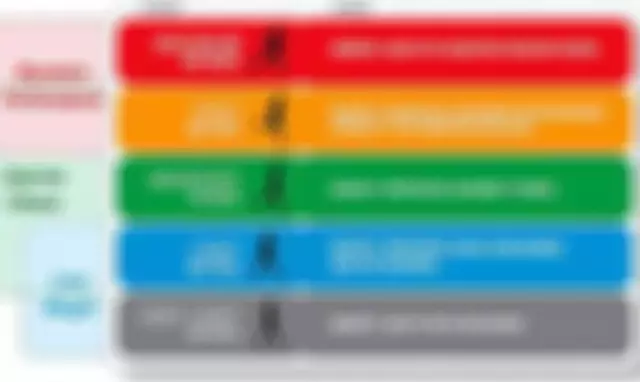- Author Curtis Blomfield [email protected].
- Public 2023-12-16 20:44.
- Last modified 2025-01-23 17:01.
The pulse is an oscillatory movement of the walls of the arteries of a jerky nature. These fluctuations occur as a result of changes in blood pressure in them during heart contractions. The nature (rhythm, tension, filling, frequency) of the pulse depends on cardiac activity and the condition of the arteries. A change in the nature of fluctuations may be due to mental stress, work, changes in ambient temperature, the introduction of certain substances (drugs, alcohol, etc.) into the body.
Pulse rate is measured using various methods. The simplest is touch. It is carried out, as a rule, at the base of the first (thumb) finger on the palmar surface of the left forearm. Feel the radial artery. In order for the pulse rate to be felt most clearly, the hand should be in a relaxed state, lying without tension, freely.

It should be said that fluctuations can also be felt on other arteries (for example, the ulnar, femoral, temporal, and others). The normal heart rate is between seventy and eighty beats per minute.
Counting the number of oscillations is carried out within fifteen or thirty seconds. Quantity receivedmultiplied by two or four, respectively. So, it turns out the pulse rate per minute. If there are significant changes in the number of oscillations, then the calculation is carried out within one minute, in order to avoid error. In the case history, an entry is made daily or a pulse curve is drawn on the temperature sheet similar to the temperature curve.

The number of fluctuations in physiological conditions is set under the influence of many factors.
So, heart rate depends on age. As practice shows, with age, the number of fluctuations decreases. The highest heart rate in children in the first years of life.
The number of strokes also depends on the nature of the muscular work. Against the background of physical activity, the pulse accelerates. The increase also occurs against the background of emotional stress.
The number of fluctuations also changes depending on the time of day. So, at night, during sleep, the pulse rate decreases.
The number of strokes is directly related to gender. Women have been found to have a heart rate five to ten beats faster than men.

The nature of oscillations is greatly influenced by various substances. For example, adrenaline, atropine, caffeine, alcohol increase the frequency, but digitalis, on the contrary, slows it down.
The number of fluctuations greater than ninety beats per minute is called tachycardia. The acceleration of the pulse is typical for physical exertion, emotional stress, changes in the position of the body. Prolonged tachycardiamay be due to an increase in temperature. Against the background of fever, an increase in temperature by one degree leads to an increase in heart rate by 8-10 beats / min. The patient's condition is the worse, the stronger the frequency of oscillations exceeds the temperature index. Of particular danger is the state when the number of strokes increases with a drop in body temperature.






